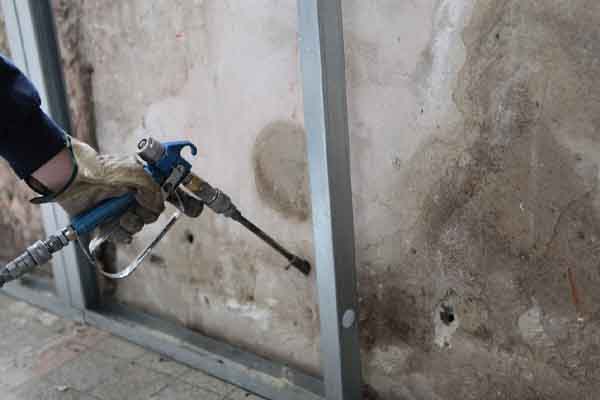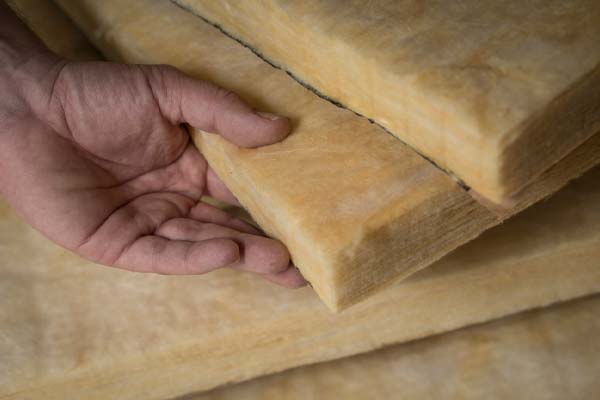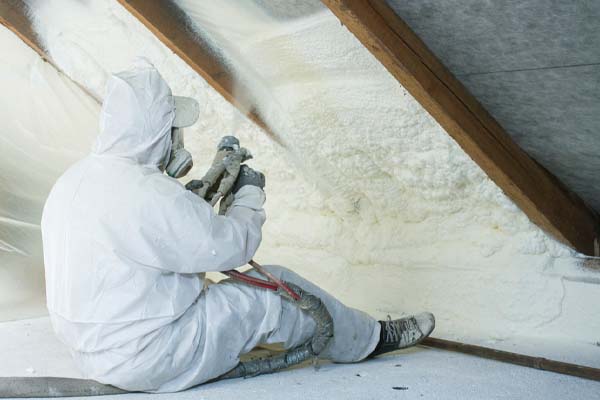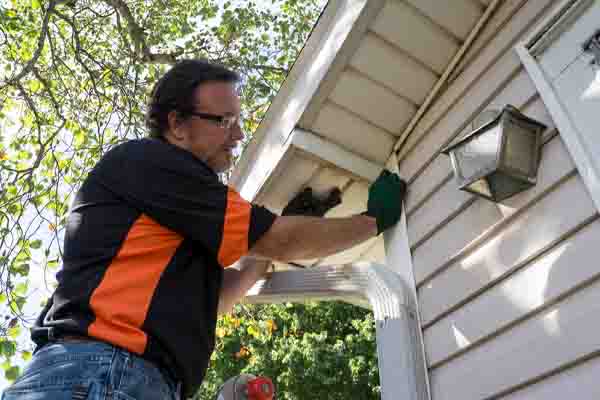How To Insulate A Wall Without Removing The Drywall

New homes are equipped with insulation. These homes have high-performance thermal envelopes that ensure comfort and energy efficiency. However, older homes may not have this feature, be underinsulated, or the insulation may be outdated. If you are a homeowner of this type of house, you probably experience cold drafts and high energy bills. It’s not too late. You could put a stop to these by adding or upgrading your insulation. Experts can figure out ways to retrofit a suitable heat shield into your walls, depending on the materials involved. They can minimize the mess and finish the job in no time. This article discusses how to add insulation to walls.
How to Add Insulation to Walls
Contents
The new insulation would have to go inside the cavities, but the drywall is in the way. A professional insulation contractor cannot snap their fingers and insert the material at will. Yet tearing down the walls can feel a bit too much. Fortunately, experts can use techniques that insert the material without much damage. You don’t have to demolish the walls to make way for insulation. Some types of insulation just need small gaps as entry points to the interior spaces, while others require bigger room to work. The correct method will depend on the chosen material.
Fiberglass Home Insulation

Fiberglass insulation is safe, effective, and affordable. It can also last for a long time while keeping its insulating ability. The material comes from molten sand and recycled glass, so it is eco-friendly and fire-resistant. Its plant-based binder has no toxic additives. You don’t have to worry about your family’s health. However, its insulation requires the removal of drywall from the exterior walls. Once the stud cavities are exposed, a professional will staple the fiberglass batts into place.
Cellulose Insulation
Wet spray cellulose is often used for attics and side walls. It can be messy because half of the weight is water. Installers can blow this into open stud bays or enclosed cavities. If you need an R-value between R-13 and R-23, you will have to use 4 to 6 inches of cellulose insulation. The material is made from shredded newspaper that is treated with chemicals to lower flammability. Adhesive makes it stick to surfaces. The installation of cellulose also calls for the removal of exterior walls to expose the stud cavities. Workers will place mesh wiring inside to serve as a stiff frame for the wet material.
Spray Foam Insulation

Spray foam insulation has one of the highest R-values among current options. It is a great choice for regions that face extreme temperatures. It can also repel water and create an airtight seal to reduce drafts. It can dampen noise coming from the outside and prevent pests from coming in. Installing this is easy if you are in the middle of a new house construction or remodeling. It is also possible to add this without tearing down the walls completely.
Insulation Installation without Drywall Removal
To keep the drywall, use injection foam insulation. You can add it from the outside of the house. The process is fast and easy. What’s more, you can go about your daily life indoors without interruptions. However, it is a good idea to remove photos, artwork, clock, and other items on the walls. Vibrations from drilling may dislodge them. The type of siding you have will influence the process. Below are three of the most common sidings:
Vinyl & Aluminum Siding

Both these materials are lightweight and easy to remove. Installers will only need to take out one row to get access to the sheathing. They will drill holes into the stud cavities and inject foam through these points. After completing the task, they will plug the holes and replace the siding. You will not see any traces of modification. From the outside, everything will look the same as before. Inside, you will feel greater comfort thanks to the added insulation.
Brick Exterior
Brick is more challenging because of its thickness and hardness. It requires a different method of installation. They will not remove any of the bricks. Instead, workers will drill small holes into the mortar between the bricks until they reach the stud cavity. They ensure a complete fill by drilling holes in three spots: the top, the middle, and the bottom. After foam injection, standard gray mortar will seal the holes.
Wood Siding
Wood siding can make foam injection hard. If it comes in small panels, it may be possible to remove a row just like with vinyl siding and use the same process. However, many come in large panels that will not come off easily. In these cases, it is necessary to drill holes through the wood for the foam to get inside. Wood plugs can close the holes afterward. Since the work is done from the outdoors, homeowners don’t have to move furniture around or clean up the interiors. Professionals leave the site looking just as good as before.
Indoor Installation of Injection Foam
If you are not keen on drilling into wood siding, get an experienced contractor that can do the job from inside the house with good results. Drilling is still required, but the installers will choose spots that are easy to hide away. They’ll plug the walls with drywall mud. They will also clean up any mess before leaving.
Conclusion
Do not hesitate to add insulation to your walls if you need it. You do not have to fear drywall removal because alternate methods exist for foam installation. Experts can work from the outside or the inside of the house, depending on the siding materials. You will get professional results with no visible damage.
How To Add Insulation To Walls Fort Collins CO
When adding insulation to the walls of your home, working with a professional insulation company is is the most effective strategy. They can consider all of the necessary factors that will improve efficiency, comfort, your home’s thermal envelope, and more. Ascend Construction specializes in insulation removal and installation, energy conservation, energy audits, whole house fan installations, and more in Fort Collins, Colorado, and the neighboring areas.

Contact Ascend Construction for a free consultation today. We can provide you with practical solutions to address the problem areas in your Fort Collins home. All of our services are affordable, and our work is guaranteed. Click here to contact us, or click the button below to give Ascend Construction a call. We offer free, no-obligation, in-home consultations.
Ascend Construction
301 S Howes St #1241
Fort Collins CO, 80521
(970) 420-5495